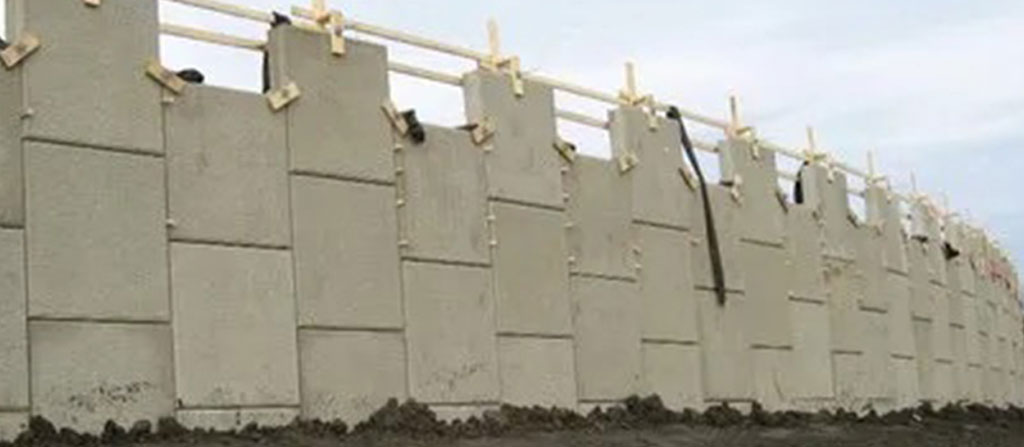What is wall form panel?
In the realm of modern construction, especially in the erection of high-rise buildings and complex structures, the climbing formwork system stands out as a pivotal innovation. This system represents a leap in efficiency and safety, offering a dynamic solution for vertical construction challenges. Let's delve into what climbing formwork is, how it operates, and its advantages in contemporary construction projects.

What is Climbing Formwork?
Climbing formwork is a specialized formwork system designed for vertical concrete structures that enables the formwork to be lifted or "climbed" from one level to the next as construction progresses. This system is particularly beneficial for tall structures like skyscrapers, silos, bridges, and towers, where traditional formwork methods would be less feasible or efficient.
How Does Climbing Formwork Operate?
Climbing formwork systems are equipped with mechanisms that allow them to be raised vertically along the structure being constructed. This can be achieved through two primary methods:
- Crane-lifted: In this method, cranes are used to lift the formwork to the next level once the concrete has cured sufficiently. This is suitable for sites with crane access and where the lifting can be integrated into the crane's workload.
- Self-climbing: Self-climbing formwork systems use hydraulic jacks to elevate the formwork independently of cranes. This method provides greater autonomy and is often used in high-rise constructions where crane access may be limited.
Components of Climbing Formwork
A typical climbing formwork system includes:
- Formwork panels that shape the concrete.
- Supporting structure or frame that holds the formwork panels.
- Climbing brackets or mechanisms that attach the formwork to the hardened concrete structure below.
- Hydraulic jacks (in self-climbing systems) that lift the formwork vertically.
Advantages of Climbing Formwork
- Speed: By facilitating faster construction cycles, climbing formwork significantly reduces the overall project timeline.
- Safety: Integrated platforms and guardrails provide a secure working environment for construction workers at height.
- Cost-Efficiency: The ability to reuse formwork components and reduce reliance on cranes can lead to substantial cost savings.
- Quality: Consistent use of the same formwork panels ensures uniformity in the concrete's finish and dimensions.
- Adaptability: Climbing formwork can be adjusted to accommodate various building geometries and designs.
Challenges and Considerations
While climbing formwork offers numerous benefits, its implementation requires careful planning and expertise. The initial setup and investment can be higher than traditional formwork systems, and the complexity of the system demands skilled labor and meticulous safety protocols.
Elevating Construction Standards
In essence, the climbing formwork system has revolutionized the construction of vertical structures, marrying efficiency with safety. Its adaptability and the high-quality results it delivers make it an indispensable tool in the arsenal of modern construction methodologies. As technology advances, the climbing formwork system continues to evolve, promising even greater efficiencies and possibilities for future construction projects.
